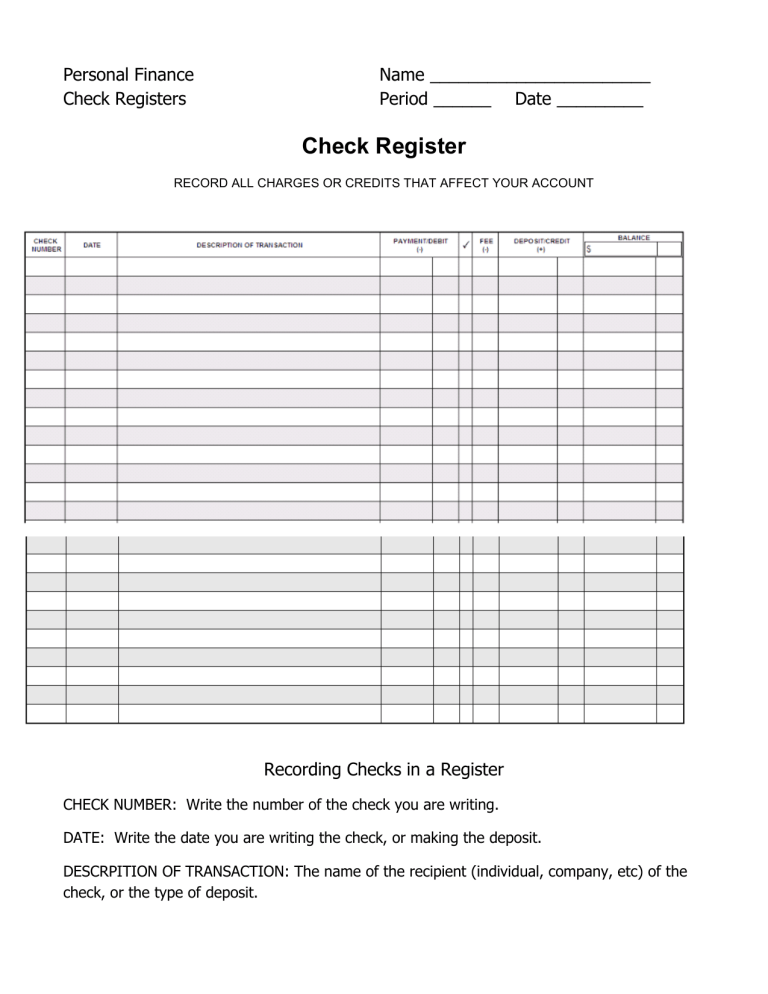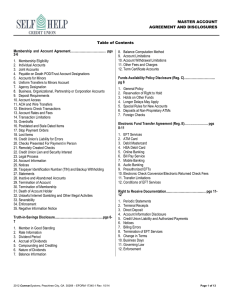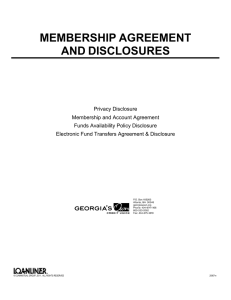Check Register Template | Personal Finance

Personal Finance
Check Registers
Name _______________________
Period ______ Date _________
Check Register
RECORD ALL CHARGES OR CREDITS THAT AFFECT YOUR ACCOUNT
Recording Checks in a Register
CHECK NUMBER: Write the number of the check you are writing.
DATE: Write the date you are writing the check, or making the deposit.
DESCRPITION OF TRANSACTION: The name of the recipient (individual, company, etc) of the check, or the type of deposit.
PAYMENT/DEBIT: Write the amount of the check in the payment/debit column. (The deposit/credit box will remain empty). Use the deposit/credit box instead if you are making a deposit.
BALANCE: This is your account balance. Subtract the amount of your check from the previous check register balance. Every time you enter a new transaction, subtract your check amount
(or add your deposit) from your prior balance.
Always be sure to record all payments and deposits in your check register as soon as possible.
Also, keep your balance accurate so you will always know how much money you have in your account.
This is a check register, or checkbook. You use it to keep track of all your checking account transactions, including all payments (checks) and deposits.
Here are some additional points to keep in mind when recording transactions in your check register:
Be sure to keep a record of all your written checks in your check register. Also, keep track of your check numbers. Each new written check should be written with the next available check number.
Any time you write a check, make a deposit, or withdraw money from an ATM, write it in your checkbook immediately. Also, keep your account balance column updated, so you will always know how much money is in your account.

